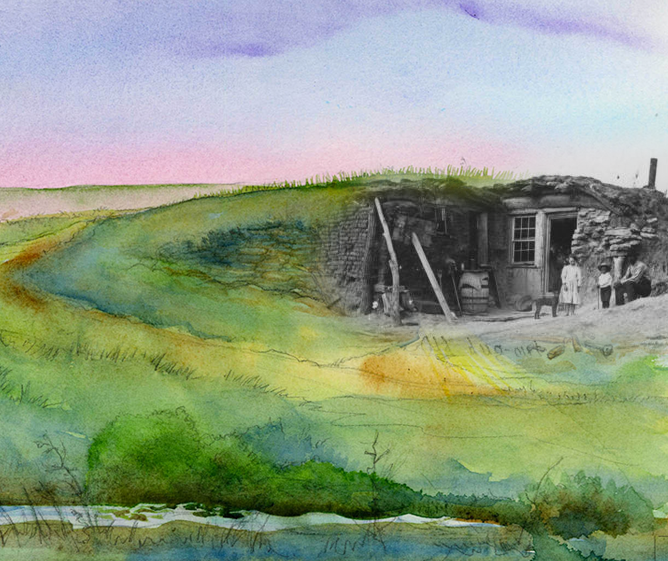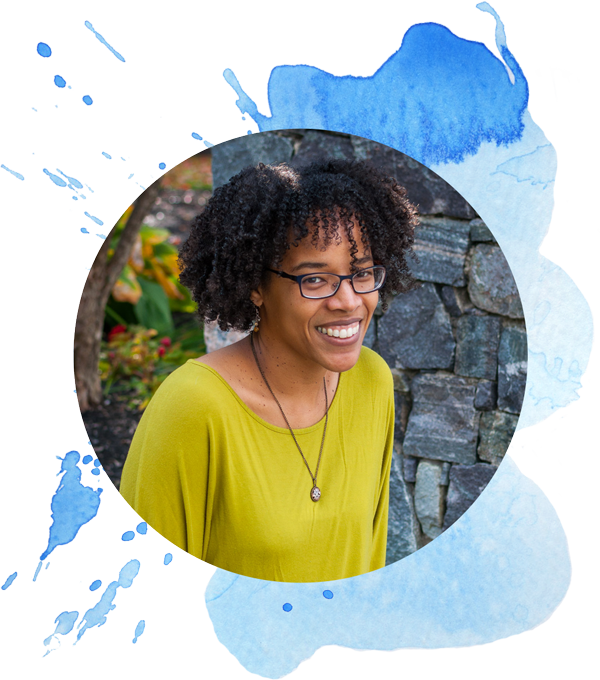Thinking about Nicodemus
At the end of July was the traditional homecoming celebration of Nicodemus, Kansas. The descendants of the original African American settlers return to the site every year. I wish I could have gone to this one! I would love to see how they receive the book that I created and poured my heart into.
I also wish I could visit Nicodemus again! Having been a longtime reader and fan of Laura Ingalls Wilder’s books – I had a long obsession with the prairie, Native Americans, and wild open spaces. It had long been a desire of my heart to visit a prairie.
When the opportunity to illustrate Follow Me Down To Nicodemus Town (authored by the wonderful Alexandria LaFaye) came along, I jumped at the chance! I went to Nicodemus to do my research (and fulfill a longtime dream trip!) in person.
I’d recently overcome my anxiety related to travel, and I was so happy that I could fly on an airplane, land in Kansas, rent a car, and drive myself there! The experience was a blessing of growth and exploration and it was amazing. It was like I could truly feel the spirit of the settlers when I was there. I’ll be writing a separate post about that, though!
I had no idea about Nicodemus at the time that I loved Wilder’s books. I wish I’d had access to stories and histories like Nicodemus as a kid, but they just didn’t exist. I would have loved to learn about former slaves and non-white families exploring and settling the West and Midwest with just as much courage, thirst for adventure, and determination to live a better life. I hope that kids today will see more of this part of American history!
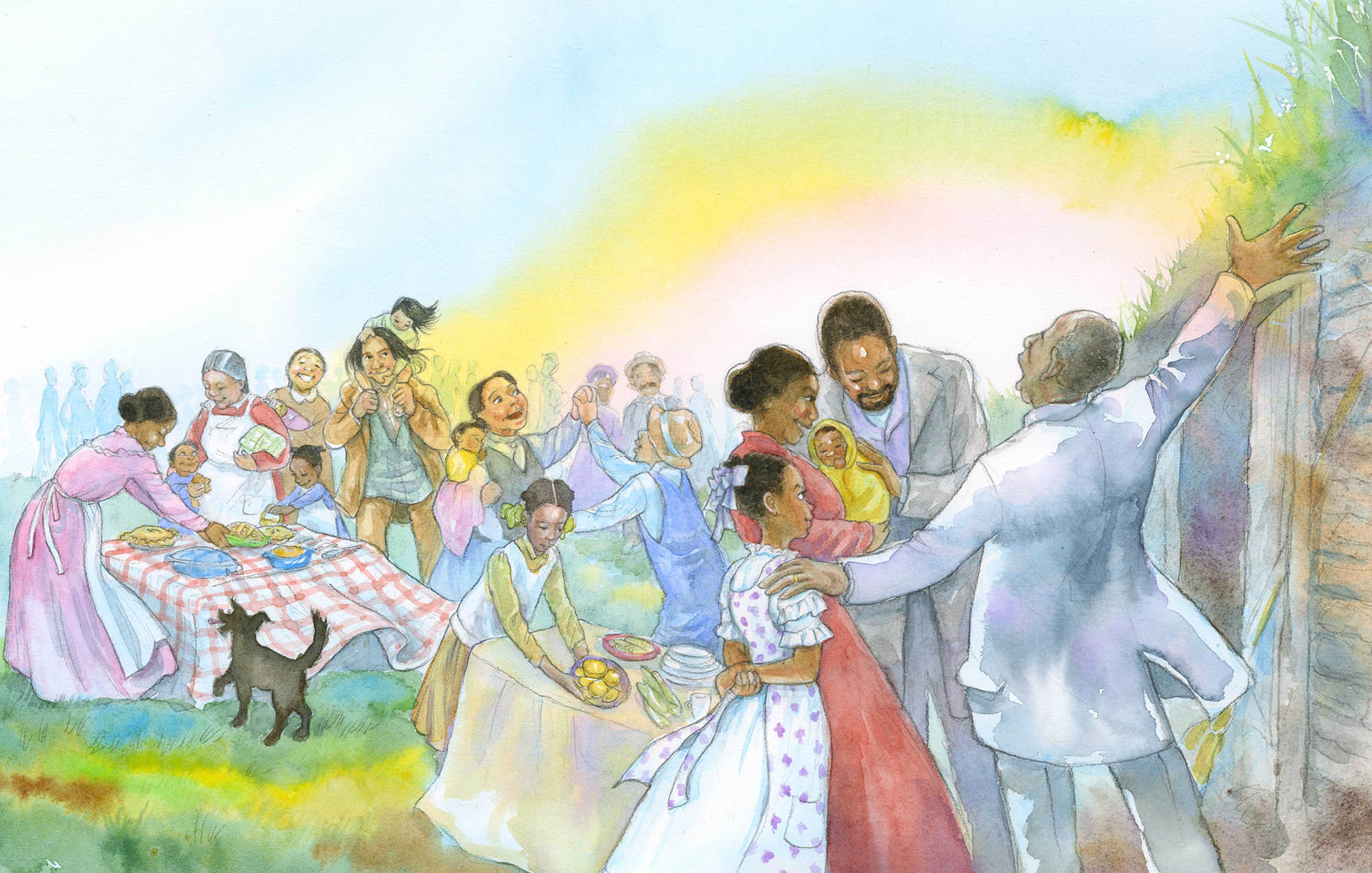
Mirrors and windows
I was recently part of a panel discussion that encompassed cultural appropriation in the publishing industry at the SHARP Conference in Amherst, MA. So I’ve been doing a lot of thinking about and research into the difference between a mirror and appropriation in literature.
It wasn’t until about 2000-2006 that I began to broaden my reading horizons (well into adulthood!). I started reading books that were outside my comfort zone. I read George by Alex Gino, The Crossover by Kwame Alexander and The Year of the Dog by Grace Lin, and A Time To Dance by Padma Venkatraman.
It was Grace’s book that really got me thinking, looking in the mirror, and saying, “Wow. *I* need diverse books!” Those of us who are already part of a minority or marginalized group know about the lack of mirrors – but we can also see through many windows in the books where we aren’t represented.
Creating windows for others
Looking at the covers of these books and knowing they were outside my usual choices for reading, they still gave me some insight to what may be a connection to majority families. I’m not an Indian girl, but I don’t need to be one to enjoy A Time To Dance. I don’t play basketball, but I enjoyed The Crossover.
I know none of this touches on appropriation yet, but I’ll get there. I’m very sensitive about making any sweeping judgments or statements because I do believe most people’s hearts are in the right place and I don’t want to alienate anyone. So you’ll see me using my blog to do some more reflection on this topic, especially now that I’ll be a part of another diversity panel this October.
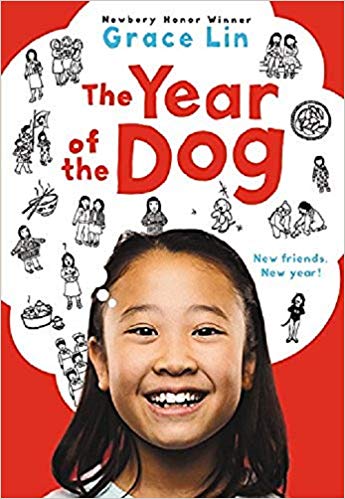
Is appropriation the problem?
As part of my research in preparation for the upcoming Sharp conference, I spoke with some colleagues in my industry. These conversations helped me focus and define my thoughts surrounding the topic of cultural appropriation and my journey as a children’s book illustrator.
I wanted to explore how my work reflects who I am, who I was, and who I am becoming. It’s my hope that sharing this journey will be a catalyst for my personal understanding and communicating what I’ve learned with you.
My recent conversations have considered whether white authors can give a proper voice to stories that aren’t otherwise being told. In other words, we discussed whether a white author writing about a black experience for example could or should be considered cultural appropriation.
Without investigation, openly asking honest questions, or having a receptive mind, I could see how some people may see it as cultural appropriation. Or maybe it’s better to say cultural misappropriation to create a distinction between what’s helpful and what’s inappropriate.
Filling in for missing histories
Consider the idea that non-fiction written today can never truly be accurate. Anything written today is told through the lens of our modern experiences. Historical fictions are, in this way, a form of appropriation, but are they misappropriating the stories and cultures they describe?
When I think of a historical fiction book such as Follow Me Down to Nicodemus Town, I’m instantly reminded that no one living today existed during that past time and place. We do have historical accounts, we have compassion, we have memories, and we have precious descendants who cherish ancestral memories and keep them alive.
But there is very little in the way of primary sources. Exodusters were former slave families. Most were prohibited from learning to read and write as slaves. This means that they weren’t able to keep diaries or put their stories to pen or prose. Without those firsthand accounts we have to use our imaginations to create the windows into their worlds so that we can tell those stories.
It is my hope that the author and I both honored all of these things through our hard work, research, compassion, and care. If we can bring a new audience—a new generation—stories about who the Exodusters were and relate their struggles with mirrors in place, it’s our hope that the story be relatable to kids today. It doesn’t feel like misappropriation when the goal is to create mirrors and windows for these audiences.
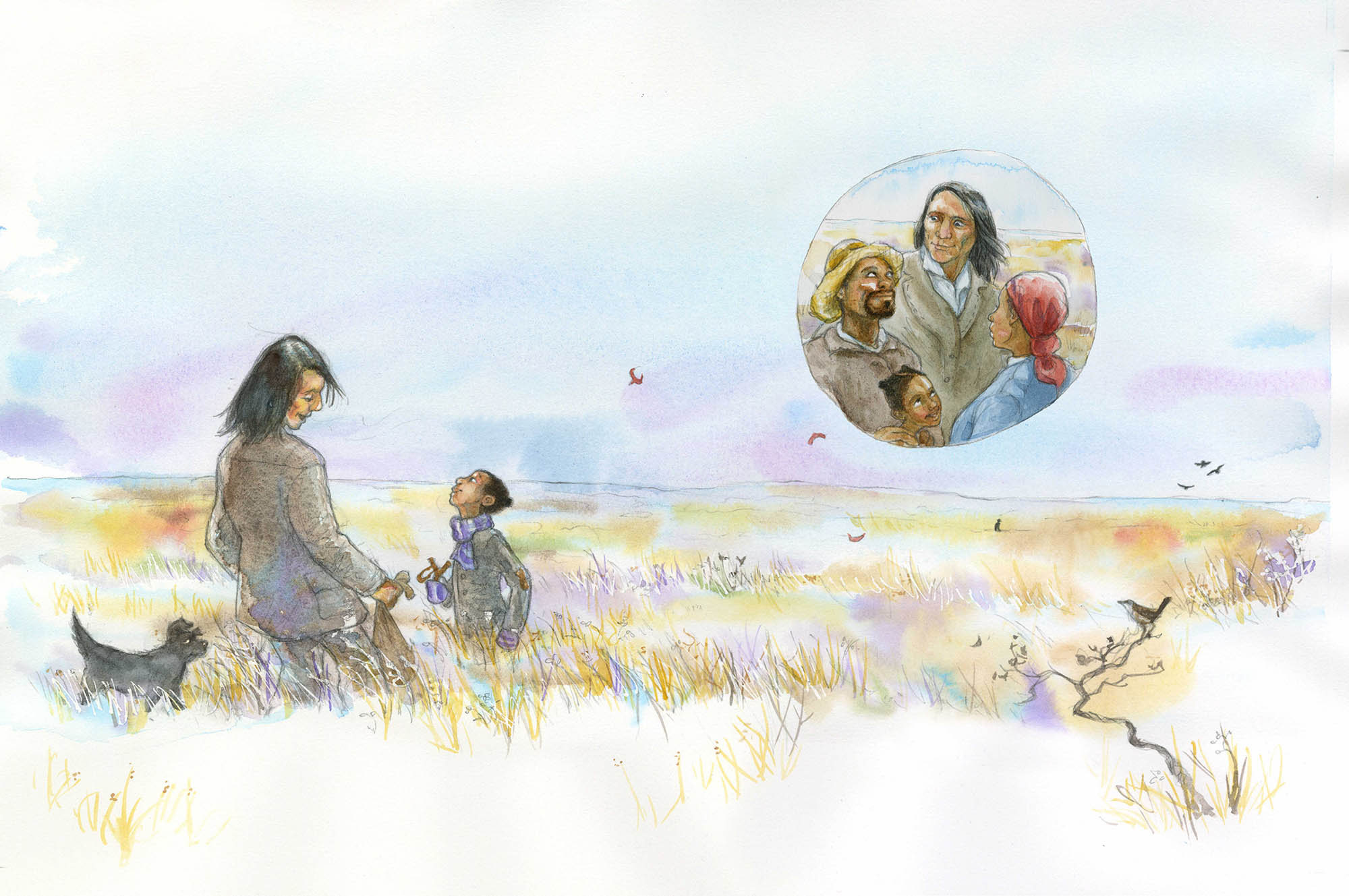
A conclusion of sorts
It’s our kids reading right now that I want to focus on, not adults—whether those adults are parents, librarians, editors, or other authors or illustrators. My dream is that children will read this book and become interested in learning about history and diverse historical perspectives. The story of how the prairie and the west were settled is not limited to the white perspective of manifest destiny.
I want kids to see history as a doorway to learn about others’ lives and be compassionate—and to grow into compassionate adults. The more doorways kids have the more fully they can explore and understand the entire picture. And isn’t that the goal of learning?
I don’t have a satisfying conclusion to offer. I am still thinking and reflecting on the subject of cultural appropriation. I’m working on a cornerstone piece right now, and this is part of my journey that I wanted to share with you!
